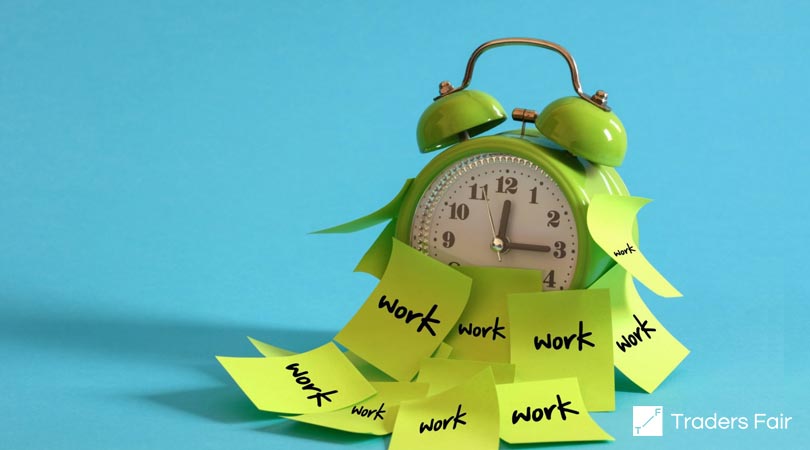What is the 1-3-5 Rule?
17 June 2021

The 1-3-5 rule is simple: in order to stay productive at work every day, you just need to commit to accomplishing 1 Major Task, 3 Medium Tasks, and 5 Small Tasks.
Because it covers tasks from major, medium, to small, you can be sure that you’re making progress on big projects and deliverables, down to everyday tasks, like admin work or repeating daily commitments.
How to apply the 1-3-5 Rule:
1. List all your tasks for the week
At the beginning of each week, list down tasks you want to get done. These may be tasks that have spilled over from last week or are tasks you do on a regular basis.
You’ll also want to include a few urgent tasks that might come up that day, be it after a weekly team meeting or a new project or plan you’ve committed
2. Group them into Big Tasks, Medium Tasks, and Small Tasks
Once you’ve sorted out the tasks you need to do for the week, you can start to categorize them. Make columns to rearrange each task, or simply label them right beside your list.
As a rule of thumb, you can consider a task a Major Task if it takes about 3-4 hours to complete. Medium Tasks can take about 1-2. And Small Tasks may take less than 30 minutes to an hour each.
3. Prioritize Tasks
Ludovic Rembert of Privacy Canada has this to say about prioritizing which tasks to do first: “Tackle the biggest task of the day. The biggest task is usually hardest to accomplish, so it’s best to get it out of the way so you can proceed to other things.”
Or as Mark Twain put it: eat that frog first thing in the morning.
Using this logic, start your workday by diving straight into your 1 Major Task.
4. Practice the art of deep work
In his bestselling book Deep Work, Cal Newport writes about how we can do better work without distraction, especially in an era of social media, instant notifications, and entertainment on-demand.
To practice deep work, one of the easiest things you can do is shut off notifications from messaging apps and social media sites. Implement other strategies that you know can help improve your focus, such as working without WiFi or eliminating noise.
Back to blog 

